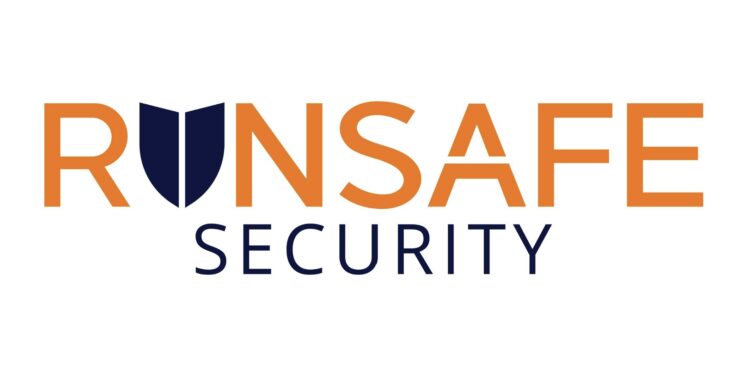A recent comprehensive analysis by cybersecurity firm Runsafe, dubbed the “Runsafe Report on Medical Device Cybersecurity 2025,” reveals a troubling surge in cyberattacks targeting medical devices, posing a significant and escalating threat to the global healthcare sector.
The report, which surveyed hundreds of healthcare organizations and device manufacturers, highlights critical vulnerabilities that could jeopardize patient safety, compromise sensitive data, and disrupt essential medical services.
According to the Runsafe Report, the interconnected nature of modern healthcare infrastructure, driven by the proliferation of IoT-enabled medical devices, has inadvertently created a vast attack surface for malicious actors.
Researchers identified common attack vectors, including unpatched software vulnerabilities, weak authentication protocols, and a lack of robust network segmentation for critical devices.
The report details various types of cyber incidents, ranging from ransomware attacks that encrypt vital medical equipment to data breaches exploiting device-level vulnerabilities to access patient records.
“Our findings indicate a clear and present danger,” stated Dr. Lena Petrova, lead analyst for the Runsafe Report. “Cybercriminals are increasingly sophisticated, and the healthcare industry, often burdened by legacy systems and budget constraints, struggles to keep pace. The potential for these attacks to directly impact patient care – by altering device functions, delaying treatments, or exposing personal health information – is deeply concerning.”
The implications extend beyond financial losses and reputational damage. The report cites instances where compromised devices could lead to inaccurate diagnoses, incorrect dosages, or even life-threatening malfunctions if manipulated remotely. Furthermore, the theft of protected health information (PHI) can result in identity theft and illicit sales on the dark web, compounding the crisis.
The Runsafe Report urges immediate and proactive measures. Key recommendations include implementing continuous vulnerability management, enforcing strong access controls, segmenting device networks, and investing in advanced threat detection systems.
It also calls for greater collaboration between medical device manufacturers, healthcare providers, and cybersecurity experts to develop and adhere to industry-wide security standards. The findings serve as a stark reminder that safeguarding medical devices is no longer just an IT concern but a critical patient safety imperative.
















